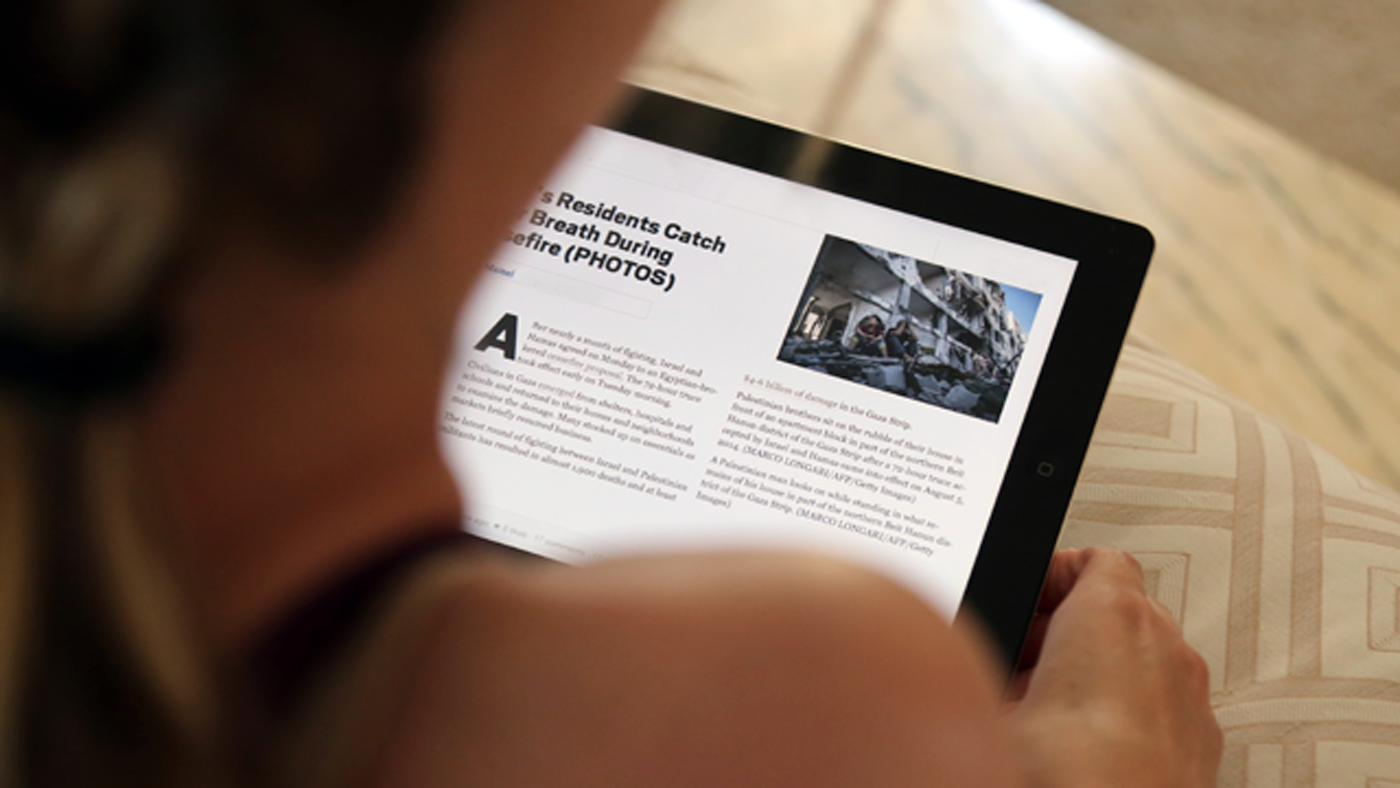All About Popular News
All About Popular News
Blog Article
4 Simple Techniques For Popular News
Table of ContentsFascination About Popular NewsPopular News for DummiesThings about Popular NewsSome Of Popular News
Age is additionally an element in the method people see the role of social networks. More youthful social media information consumers are most likely to claim it has affected their knowing right. About fifty percent of social networks news customers ages 18 to 29 (48%) claim news on social networks makes them far better notified, compared to 37% of those 30 to 49, 28% of those 50 to 64, and 27% of those 65 and older.Journalists weigh news worths when figuring out whether to cover an event or statement. Below are the worths that we take into consideration when establishing an outreach approach. Perhaps one of the most crucial component of newsworthiness is whether the news thing being connected impacts a news outlet's target market. Let's think of researchers have located an affordable option to a common problem.
Study on a state's brand-new tax code likely will not generate the exact same rate of interest throughout state borders. Periodically professionals can assist center a bigger nationwide tale that influences even more than just a city or state.
If you are releasing relevant study, loophole in MarComm before the short article being released so that the pitch can highlight the most recent element of the story: the publication of the study. Events and statements that entail top-level figures are much more likely to generate media coverage. Check outs from nationwide figures commonly need months of preparation as a result of expected neighborhood interest.
The Popular News Ideas
Stories typically entail some type of problem. Necessarily, these tales are almost always debatable to some extent. College personnel and faculty are generally perceived as objective specialists. We can help alleviate potential reputational danger with these stories while also enhancing the probabilities of creating insurance coverage. While many of the above information worths are intertwined, human passion tales often stand apart.
Human interest aspects can include information worth to various other tales that could appear to be lacking in the various other worths. The novelty or peculiarity of a situation can aid affect whether a news electrical outlet is most likely to cover a story. While this is not an exhaustive listing, checking to see if your story or occasion has these qualities prior to calling us will certainly help you establish which aspects hold one of the most information value.

The 6-Minute Rule for Popular News
There is also considerable proof that even more customers can begin to spend for information in the futureif publishers can comprehend them and serve them well. Half of those that do not spend for information proactively choose information and resemble clients in various ways. And virtually 2 in 10 of those who do not sign up for information currently show they are inclined to begin to pay in the future.
We after that ask a collection of questions to determine whether people pay for particular kinds of information resources (Popular News). We asked individuals to name the resources they utilize most oftenwhether they spend for them or nothow they use them, the details things they think about essential concerning them, and some associated concerns concerning the cost and worth of that resource
People are drawn to information as a whole for two factors over others: A need to be informed residents (paper clients in particular are highly inspired by this) and due to the fact that the magazine they register for excels at covering certain subjects concerning which those customers especially care. While there are a host of factors, the No.
Greater than 4 in 10 likewise cite the reality that family and friends register for the exact same item (Popular News). Greater than a third of individuals say they initially subscribed in feedback to a discount or promo. In print, people additionally are moved greatly to sign up for get discount coupons that conserve them cash, something that has untapped implications in digital
See This Report on Popular News
Concerning fifty percent are "news hunters," implying they actively look for information instead of mostly running across it in a much more easy method, though the news that nonpayers are seeking (for currently, at the very least) is frequently regarding nationwide politics. Like customers, a lot of these individuals additionally obtain news multiple times a day, utilize the information in means similar to customers, and have blog an interest in similar topics, consisting of foreign or international information.

Of those that do pay, 54 percent subscribe to newspapers in print or digitally, which stands for 29 percent of Americans on the whole. A lot of them buy a print magazine in addition to their paper and spend for two to four information resources in overall, some a lot more. And while 53 percent are long-time customers (5+ years), more than a quarter (27 percent) have actually bought their paper membership within the past year.
Few print subscribers think it most likely they will certainly switch over to a digital-only registration in the future, and majority of those that prefer digital have never ever paid for a print variation of the exact same resource. Completely 75 percent of paper payers claim they primarily read the paper in print, while 21 percent are mainly digital users, and 4 percent describe themselves as equally split.
Report this page